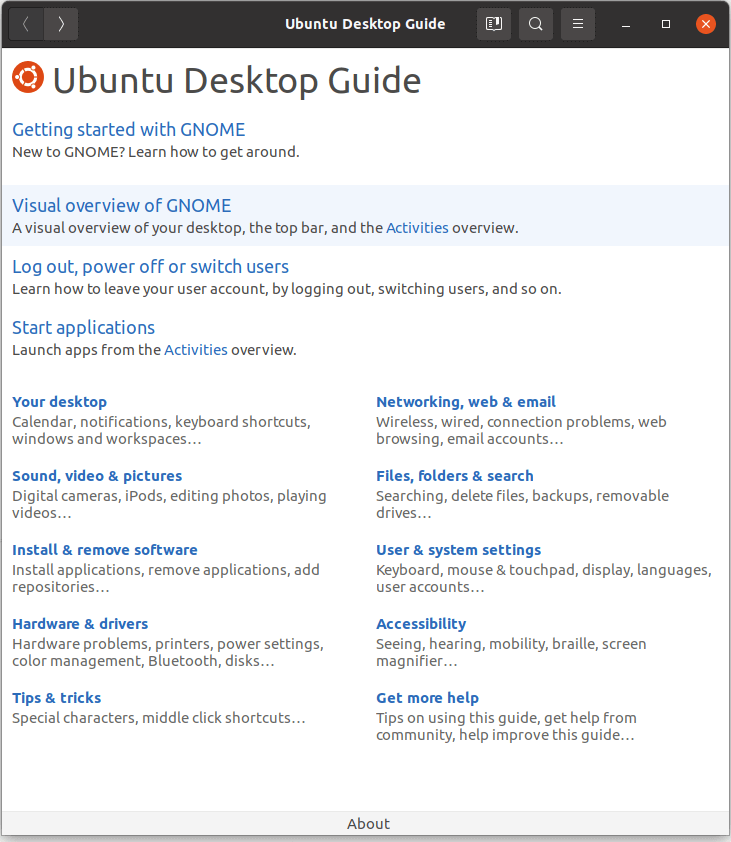

It has complete control over everything in your system. The kernel is often referred to as the core of any operating system, Linux included. Here's an example of a simple nf file: #boot=/dev/sda

In many systems you can find the GRUB configuration file at /boot/grub/nf or /etc/nf. If you don't, it will load the default kernel image. The splash screen will wait a few seconds for you to select and option. By default, the latest kernel image is selected. If you have multiple kernel images installed, you can use your keyboard to select the one you want your system to boot with.

It has a simple menu where you can select some options. The GRUB splash screen is often the first thing you see when you boot your computer. Sometimes called GNU GRUB, which is short for GNU GRand Unified Bootloader, is the typical boot loader for most modern Linux systems. The MBR also contains information about GRUB, or LILO in very old systems. The MBR is located in the 1st sector of the bootable disk, which is typically /dev/hda, or /dev/sda, depending on your hardware. MBR stands for Master Boot Record, and is responsible for loading and executing the GRUB boot loader. Once the boot loader program is detected, it's then loaded into memory and the BIOS gives control of the system to it. The MBR is sometimes on a USB stick or CD-ROM such as with a live installation of Linux. Then, the BIOS searches for, loads, and executes the boot loader program, which can be found in the Master Boot Record (MBR). When you first turn on your computer, the BIOS first performs some integrity checks of the HDD or SSD. In simple terms, the BIOS loads and executes the Master Boot Record (MBR) boot loader. BIOSīIOS stands for Basic Input/Output System. In Linux, there are 6 distinct stages in the typical booting process.
#Starters orders 6 linux software#
An operating system (OS) is the low-level software that manages resources, controls peripherals, and provides basic services to other software.


 0 kommentar(er)
0 kommentar(er)
